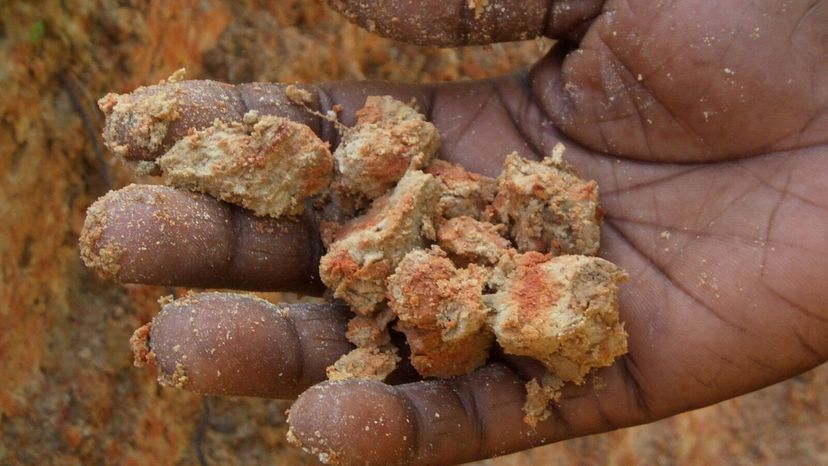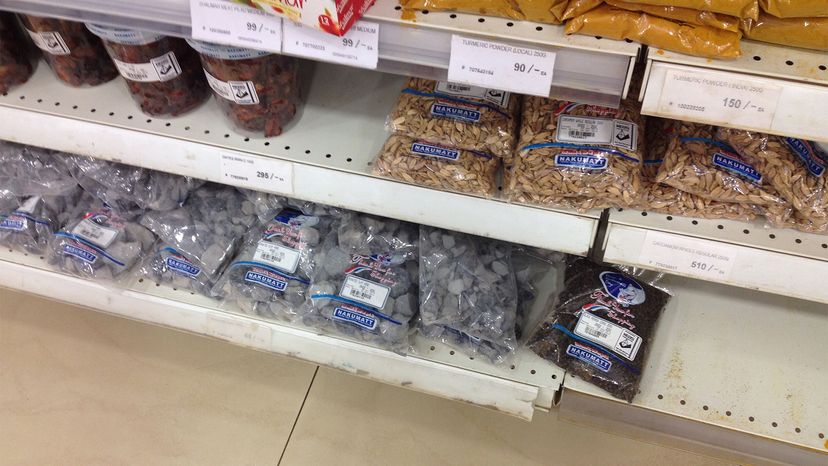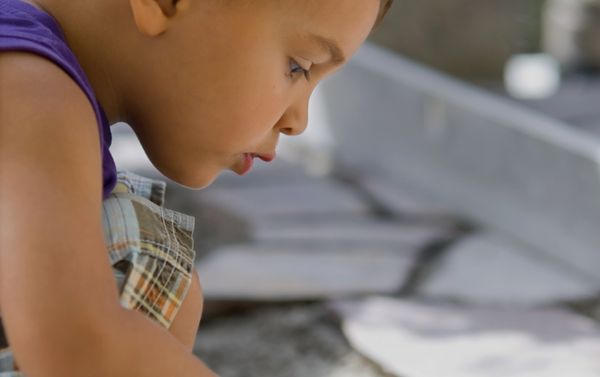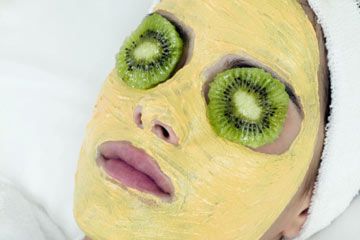The explanation that eating dirt is somehow protective doesn't make much intuitive sense — after all, we're supposed to stay away from dirt, wash our hands, clean our clothes, take off our shoes when we enter the house. If you'll recall from the last time you read the Bible, even the snake had to eat the dust as punishment for talking Eve into eating the forbidden apple.
But clay face masks suck the impurities from your skin, and they're made of dirt, right? According to Young, eating clay might coat the inside of the gut, in much the same way a mud mask coats the face. But why would somebody need an intestine mud mask? The answer is, protection from pathogens and harmful chemicals.
Most toxins enter your body in the things you eat. You digest the food and it's absorbed through the wall of your intestine and into your bloodstream — lots of pathogens and chemicals get to us in this way, too. Clays can bind to the mucin (mucus) layer inside your gut, forming a barrier.
"In rabbits, clay has been shown to stimulate the production of mucin, creating a barrier to potential harmful pathogens or chemicals getting into your bloodstream," says Young. "It can also bind with whatever harmful thing you're eating. For example, in the Andes, people eat wild potatoes which contain these toxic chemicals called glycoalkaloids. But after they dip the potatoes in clay, they become safe to eat."
But while eating clay might protect from pathogens and harmful chemicals, which is especially important for pregnant women, there's something of a Goldilocks Principle at play here: you want to shield yourself from the harmful stuff, but you also don't want to protect yourself from the nutrients you need. For example, if you eat a steak that's full of both bioavailable iron and pathogens, but you eat clay at the same time, the iron will become bound by the clay, and won't be absorbed by your gut. Although the clay might be protecting you from pathogens to some extent, it's also preventing you from absorbing the nutrients.



